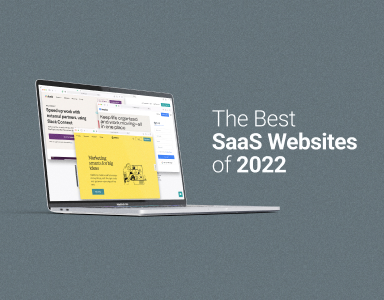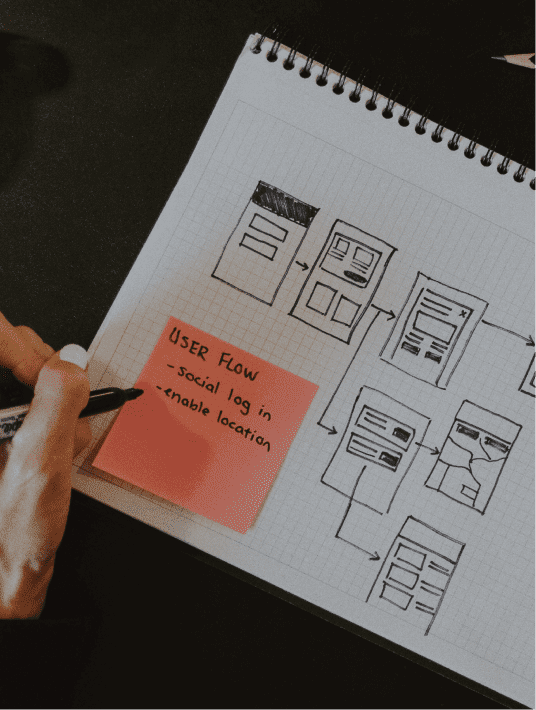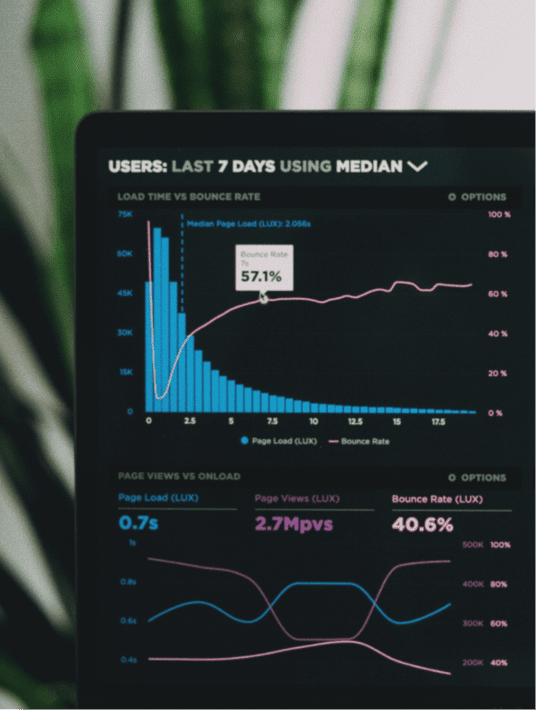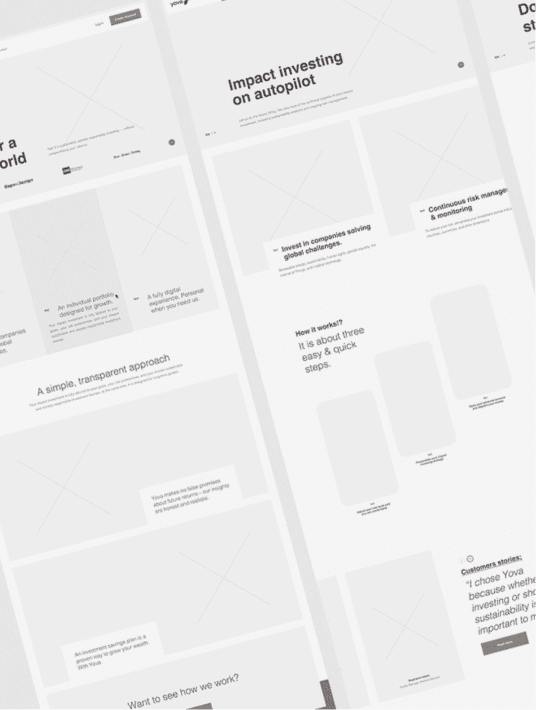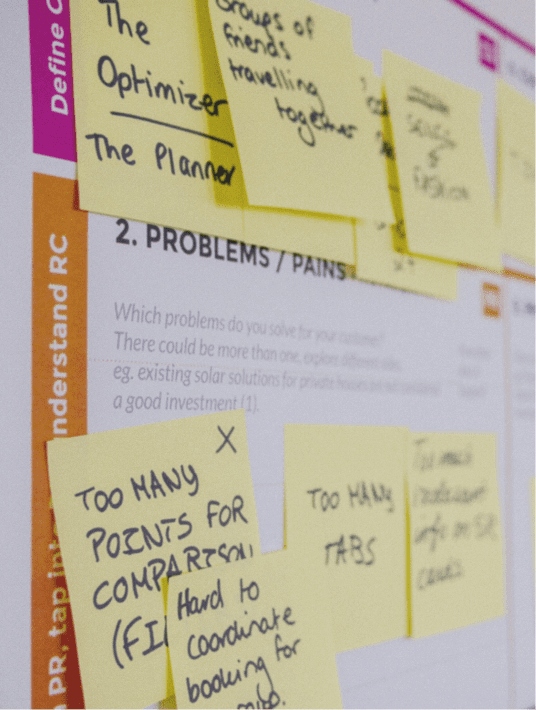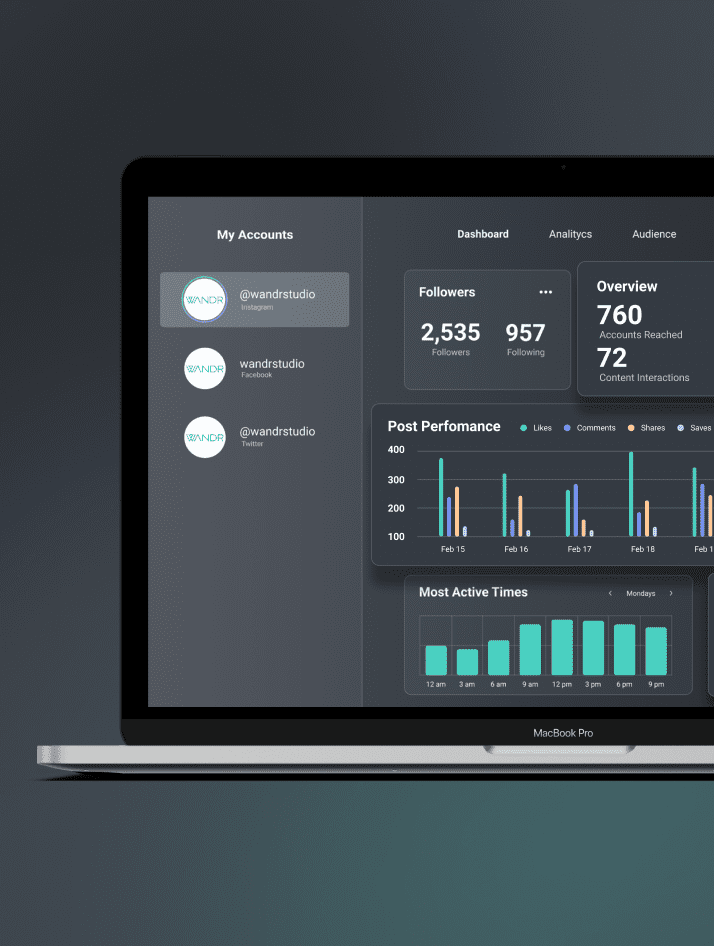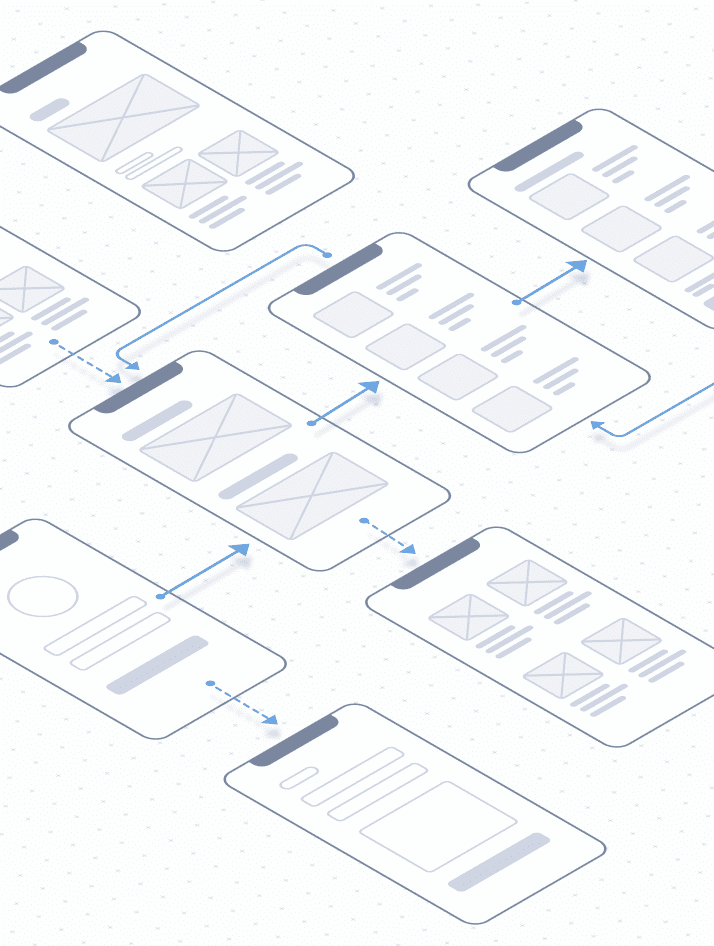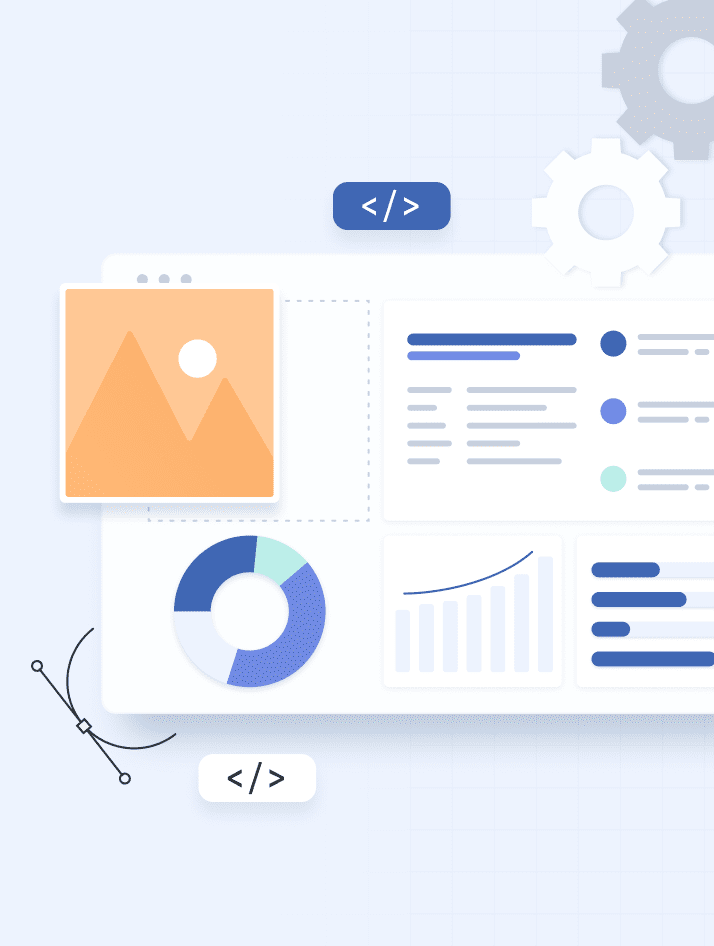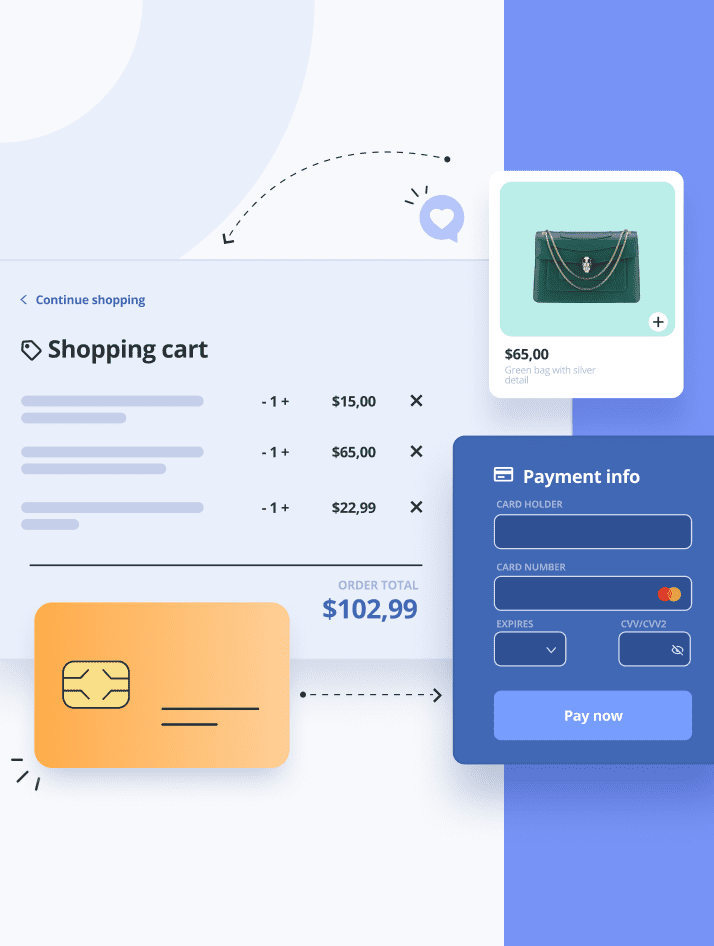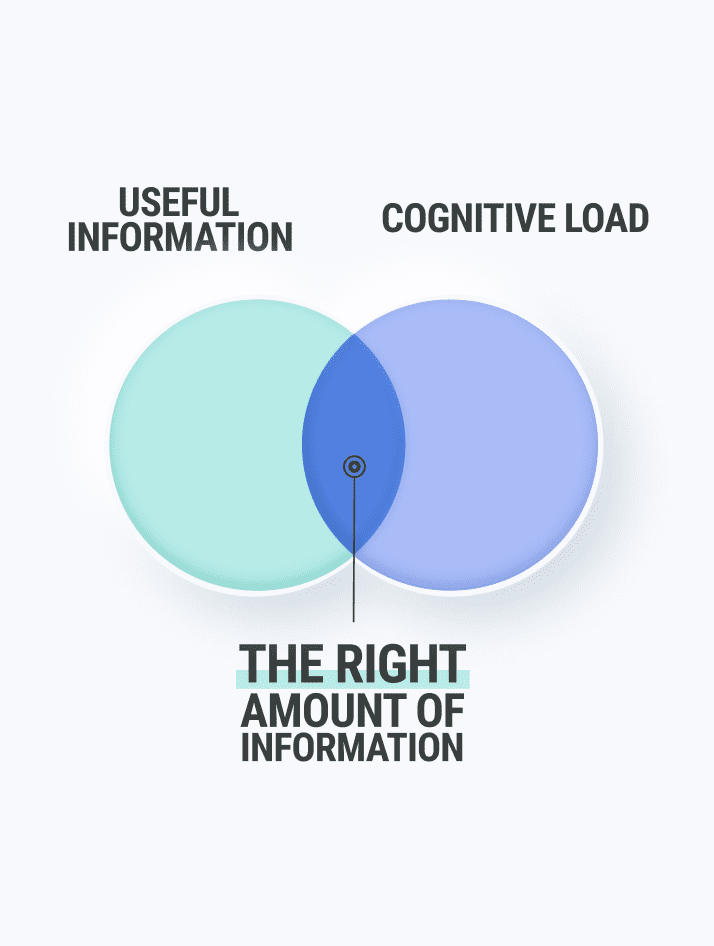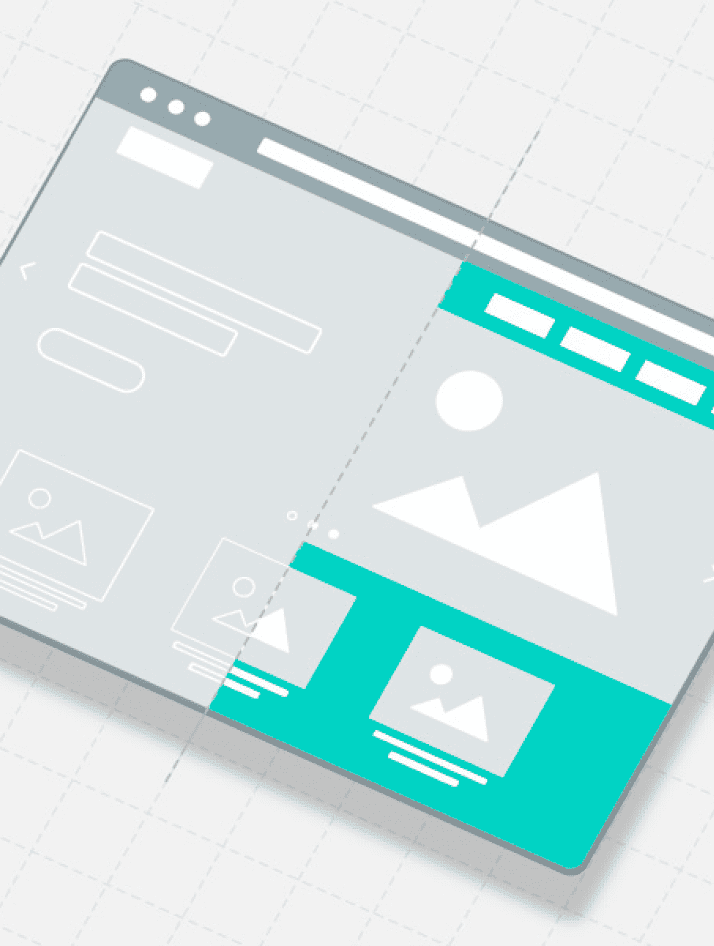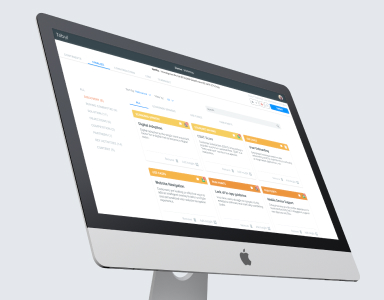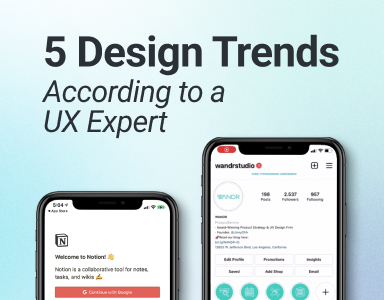Database Design: Core Concepts & Applications
Database Design 101! The key concepts & benefits for businesses explained.

Regardless of the way you pronounce data, one thing remains constant across all boards: database design. In this post, you will learn the core concepts and applications that should be included in any database. Brought to you by WANDR, an award-winning product strategy and design studio.
These days, every business and organization must streamline operations. A database offers every entity the opportunity to organize information in a succinct way. It makes information digest-able. This last point is crucial. Without the right structure and analytics, a database is nothing more than raw data that makes little sense to most people.
However, with easy to understand data, businesses can audit, improve, and scale their operations, marketing, and sales.
There are numerous types of database design. Database design is a highly specialized field of study and application. Here, we’ll review the fundamentals.
Fundamental Database Design Concepts
A database is a set of containers, where information is stored. The beauty of a database is that it contains multiple sets of related data. The way in which this data intersects is the heart of a database. A great database presents this intersection in a logical and useful manner.
The fundamental idea behind database design is to create a storefront of information that can be organized and accessed according to internal rules. Think of it as an “if this, then that” function on the backend, and the solution on the frontend.
For example, one company might have a database that stores the personal information of customers. On the surface, each piece of information seems to have no relationship with the others. However, this information may actually have a lot in common.
In fact, an administrator could search the suburbs from where most of their sales come from. Then, they can drill down and present this information according to other rules, such as a breakdown of product types that are popular with different age groups and living locations.
Hence, the relationship between stored information as filtered by logical rules is a key database design concept.
Why Should a Company Use a Database?
Database design may be a complex and highly specialized field, but the benefits apply to all businesses. First of all, let’s review what dashboards are typically used for:
- Storage: Every company needs to store data in a logical and reliable manner.
- Marketing: Entire marketing budgets are driven by databases. Great database design allows a person to present useful information in a way that provides invaluable sales information. This should drive marketing strategies for the company and influence marketing budgets.
Specific Database Design Concepts
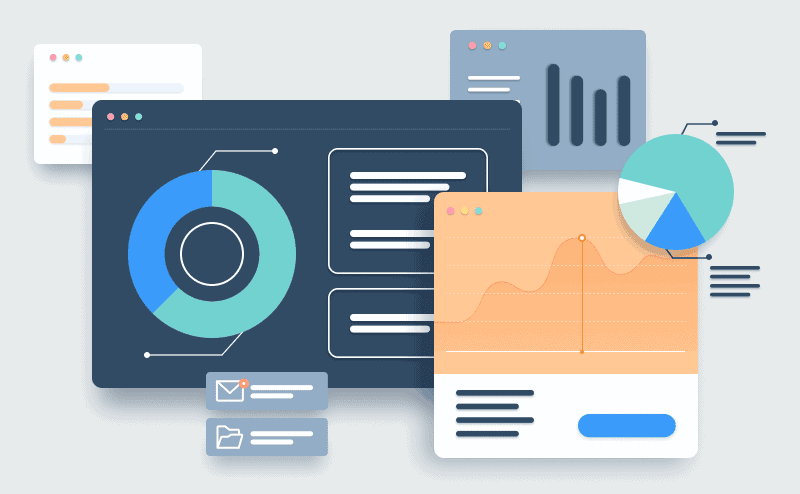
One of the most common types of database design is the relational database. This database can either be distributed or centralized. Specifically, if it is a distributed database model, then the information is stored across multiple sites. The data is then accessed when needed. On the other hand, there is a centralized database model, which is utilized when all information is stored and accessed from one central location.
There are also two other concepts that drive database design: logical and physical.
- Logical: how the information is presented in a human-readable format and what rules govern this.
- Physical: the way that information is stored, such as in the cloud.
The cloud is one of the biggest changes in database design. As cloud computing has grown, cloud databases have also increased. In fact, majority of information today is stored in one or more cloud-based locations and is accessed as needed.
How does a Relational Database Design Work?
In this database design model, information is stored in containers that are generally defined by rows, tables, and columns. One row is called a database record. Every column is one aspect of that record. As previously mentioned, relational databases are one of the most common types. Oracle and Amazon Aurora are examples of relational databases.
For instance, consider the use case for a sporting organization. Each record contains three columns — the name of a player, his or her age, and the school that he or she attends. Next, when a player joins the organization, the database creates a record that contains these three columns of data.
When administrators want to look up the profile of a specific player, they can look up his or her name. They can list the name of every player who attends a specific high school, or every player of a specific age range. For these filters, the relational database can manipulate and present records.
The 4 Phases of Relational Database Design
The relational database is a highly structured, durable, and consistent model. Designing a relational database falls into four distinct phases:
- Relations and attributes: This is where the database divides records into specific columns, where data is stored and defined.
- Primary keys: This includes the records being assigned to one or more attributes.
- Relationships: Each table of data is defined in terms of its relationship to other tables of data.
- Normalization: The removal of redundancies.
What are Analytics Dashboards?
Given the information overload that we all have to deal with on a day-to-day basis, it makes sense that a company wants to make information visual. This is where an analytics dashboard can be incredibly helpful.
An analytics dashboard allows a company to view all of the useful information with charts and graphs. For example, a simple analytics dashboard may present all product sales for the past month in the form of a simple and colorful pie chart. As a result, business leaders and marketing departments are able to see information in the database visually.
Keeping it Simple
The underlying philosophy that drives analytics dashboards is: KISS. This acronym stands for Keep It Simple Silly. In this sense, the analytics dashboard is a specific response to the modern world we inhabit. There is so much information that it can become overwhelming – and practically meaningless. Thus, presenting information in a structured, logical, and easy-to-understand way isn’t about dashboards, it’s about value.
Organizing our World
Without the database, our modern world would be so much harder to understand. Most importantly, a well-designed database can add tremendous value to any company or organization. Ultimately, great database design can quickly interpret raw data. This enables companies to define marketing or operational strategies based on data-driven decisions.
Also, for information on which dashboard is right for you, check out our blog on The Best Dashboard Examples of 2022. Here, we go into the difference between strategic, design operations (DesignOps) , analytical, and tactical dashboards.
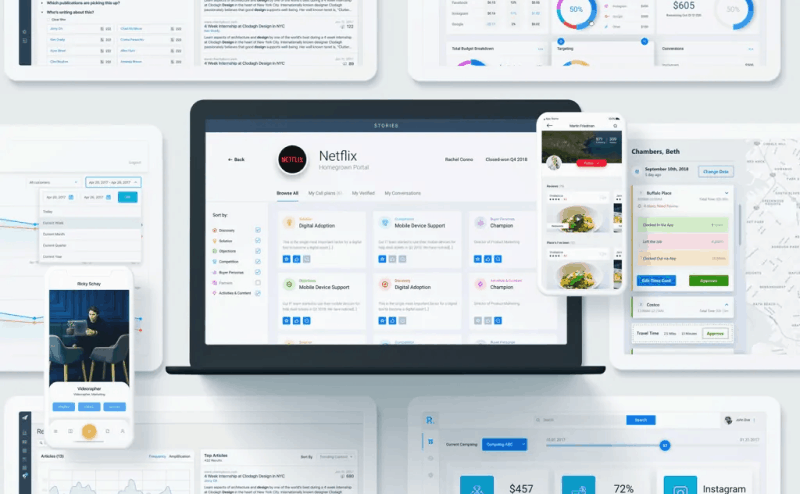
What Type of Database Design do you use?
Let us know by commenting below or talk to us on LinkedIn, Instagram, Facebook, or Twitter.
Product goals? Let’s make it happen. Book a free consultation call with our team.







